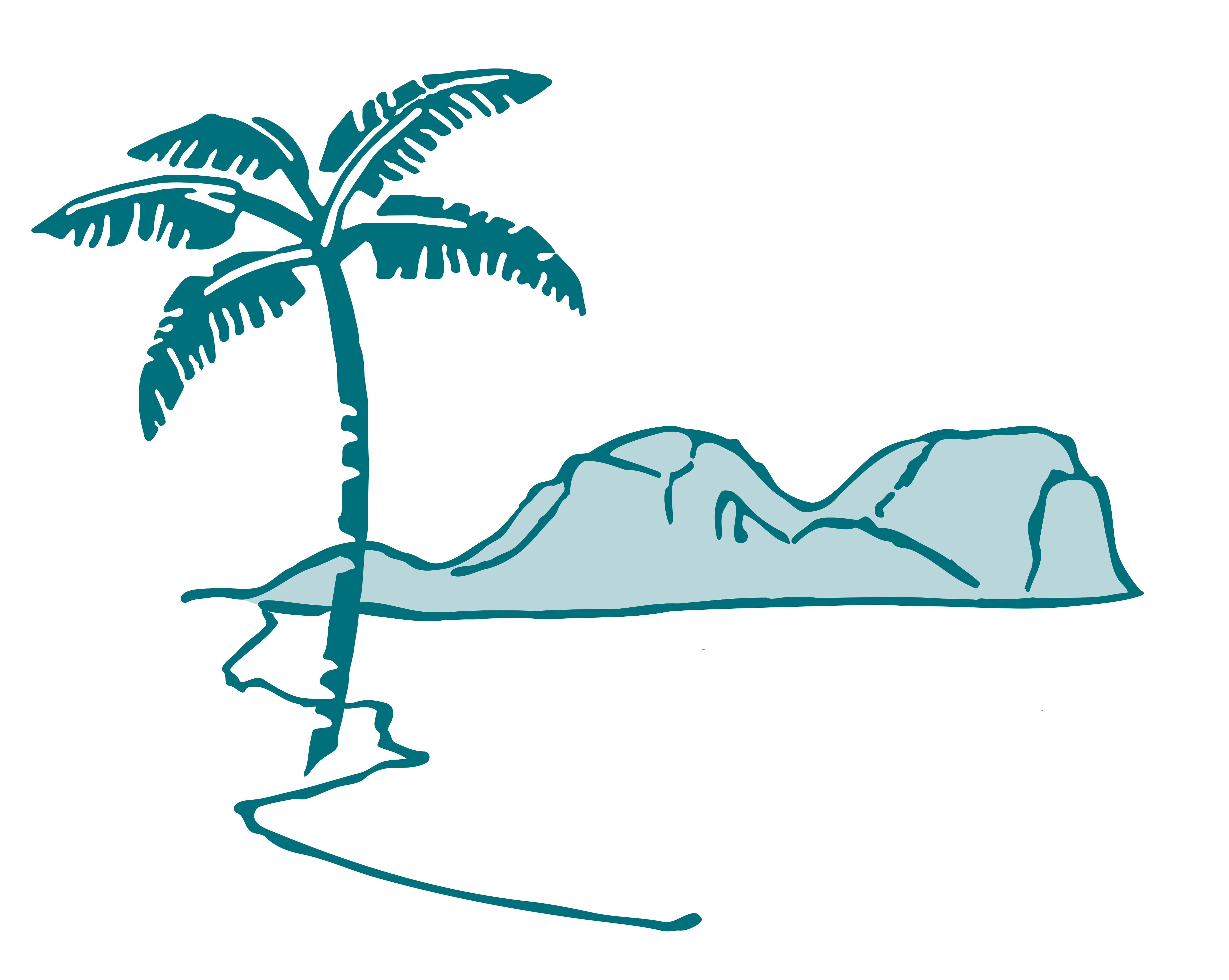The Lord Howe Island Board has released the Final Report & Lessons Learned from the Rodent Eradication Project. The report documents more than 15 years of planning, implementation, monitoring and community involvement, and confirms the successful removal of rodents from Lord Howe Island.
The findings outline ecological recovery across key habitats, strengthened biosecurity arrangements, and practical lessons to guide future invasive species management on inhabited islands.
Download the reports
About the Final Report
The Rodent Eradication Project represents a world-first achievement, with Lord Howe Island being the largest permanently inhabited island to successfully remove rodents.
The report outlines:
- how the project was planned and delivered
- the operational methods used
- environmental and ecological monitoring results
- community engagement and communication
- governance and logistical frameworks
- challenges and how they were managed
- long-term biosecurity needs
Key themes from the lessons learned
Community
Early and genuine engagement helped address concerns, build trust and support project delivery.
Planning and Resources
Strong governance, clear risk management and a skilled local workforce supported operational resilience.
Technical Implementation
A combination of aerial, ground and hand-broadcast baiting provided complete coverage across varied terrain.
Environmental Monitoring
Monitoring confirmed recovery across native ecosystems, including measurable increases in endemic species.
Biosecurity
Ongoing biosecurity investment is essential to maintain the island’s rodent-free status.
Measuring Success
Clear success criteria and transparent reporting helped demonstrate project outcomes and community benefit.
Acknowledgements
The Board acknowledges the vital role of the Lord Howe Island community, LHIB staff, volunteers, and partner agencies including the NSW Department of Climate Change, Energy, the Environment and Water, National Landcare Programme, NSW Environmental Trust, NSW National Parks and Wildlife Service, Taronga Zoo, and the New Zealand Department of Conservation. The combined efforts of these organisations, and many individuals, made this outcome possible.

